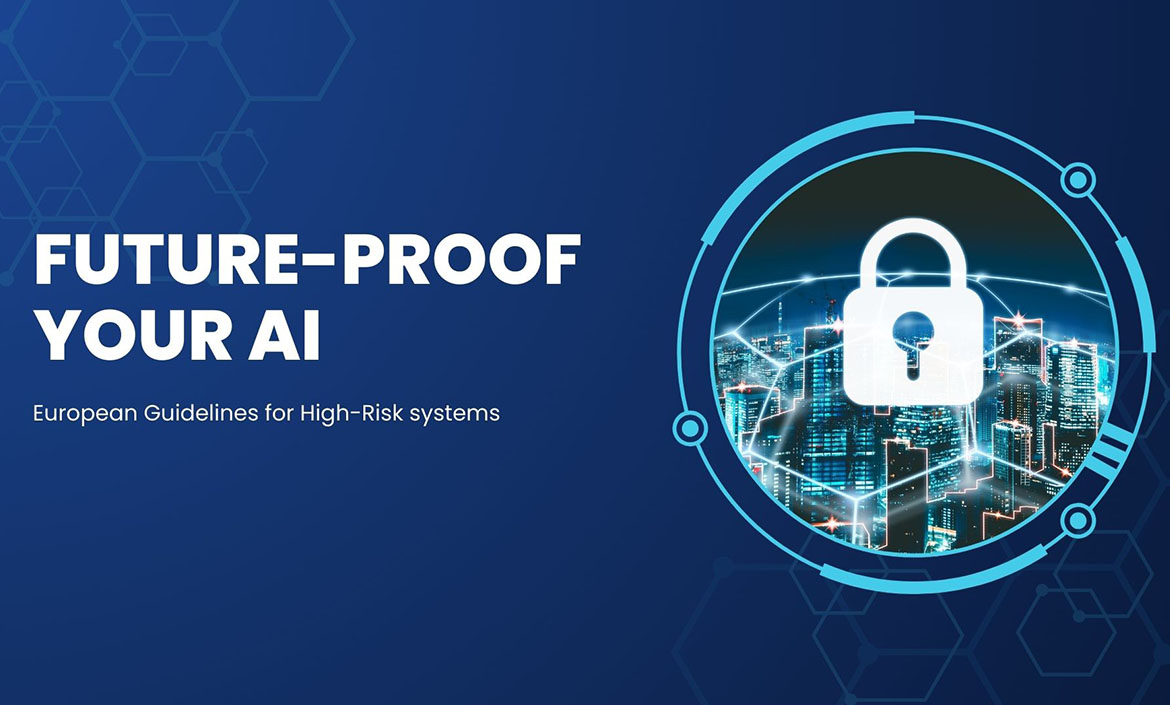In July 2025, the European Parliament published the study “Artificial Intelligence and Civil Liability – A European Perspective”, highlighting key considerations for companies developing AI solutions, especially high-risk systems. This study underscores the growing importance of security, transparency, and legal compliance in AI development.
Understanding High-Risk AI and New Liability Rules
The report identifies that high-risk AI systems, defined under the EU AI Act, pose unique challenges that existing EU regulations, such as the Product Liability Directive (PLDr), do not fully address. The AI Liability Directive (AILD), while proposed, has not been adopted and was even considered for withdrawal by the European Commission, highlighting the need for a clear and harmonized approach.
A key recommendation from the study is the introduction of strict liability (objective liability) for high-risk AI systems. Under this approach, if a high-risk AI system causes harm, liability can be assigned without needing to prove fault, simplifying legal recourse for victims.
The proposed regime would cover a broad range of damages:
- Physical harm: injury to people or damage to property.
- Virtual harm: data loss, service disruption, or digital operations failures.
- AI system damage: faults affecting the performance of the AI itself, currently not covered under the Product Liability Directive.
Liability could be assigned to a single operator (“one-stop-shop”), whether a provider or implementer, reducing complexity and fragmentation. This harmonized approach would help avoid divergent national rules and enable victims to access remedies more efficiently. Moreover, objective liability transforms uncertain AI risks into costs that can be insured or managed, making them more predictable for businesses.
How Companies Can Prepare
Companies can take practical steps to align with these emerging guidelines:
- Risk Assessment: Classify and document AI systems to determine whether they fall under high-risk criteria.
- Operational Transparency: Maintain detailed logs and monitoring of AI decisions to ensure traceability, critical under strict liability.
- Contractual Readiness: Include clear responsibility clauses in agreements with partners and users, addressing risk mitigation and incident management.
- Continuous Monitoring: Establish processes to detect and correct unexpected behavior promptly.
- Legal Cooperation: Implement secure reporting and documentation channels to facilitate collaboration in case of disputes.
- Compliance Awareness: Stay informed on evolving EU AI regulations to prepare for potential obligations and ensure harmonization with European standards.
Our Commitment to Compliance
At our company, we are fully committed to ensuring that Genesis AI is developed with compliance in mind. We believe that investing time and effort in security, transparency, and regulatory alignment is essential. Compliance is not optional—it’s a must.
By prioritizing these areas, we aim to provide a reliable and responsible AI platform that meets the highest standards for safety, governance, and regulatory readiness.
Why Security Equals Compliance
For high-risk AI systems, security is not just about preventing breaches—it is increasingly a regulatory requirement. Platforms designed with transparency, traceability, and strong monitoring protocols reduce potential liability and help businesses navigate complex legal landscapes.
Bottom line: Building AI-powered solutions responsibly means prioritizing security, transparency, and compliance. By dedicating effort to these areas, we ensure that Genesis AI is prepared to meet evolving liability standards and provide businesses with a trustworthy AI platform.
Stay Ahead in AI Compliance
Ensure your AI solutions are built responsibly and prepared for evolving regulations.
Contact our team to learn how we can help you navigate the regulatory landscape with confidence.




